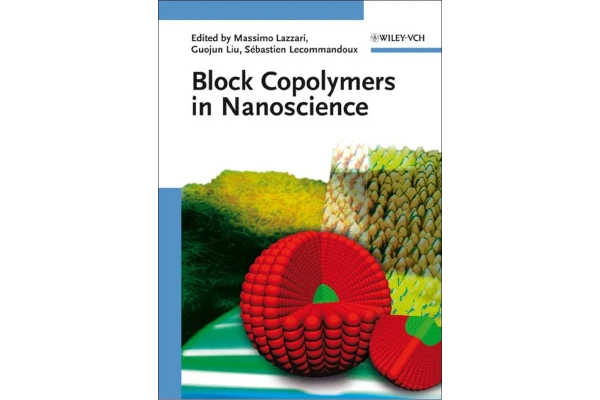
Nanoscience and technology deal with the preparation, study, manipulation and
application of nanometer-sized structures.
“
Nanoscience and technology have the
potential for revolutionizing the ways in which materials and products are created
and the range and nature of functionalities that can be accessed. It is an interdisciplinary area of research and development activity that has been growing explosively
worldwide in the past decade”.1) Some example areas that nanotechnology may impact profoundly include the continuing miniaturization of electronic and memory
devices, the development of more potent drugs that can recognize and attack only
the diseased sites, the development of more accurate and effective diagnostic procedures and the design and synthesis of more robust catalysts.
Physicists and engineers prepare nanostructures by taking the top-down approach using techniques such as lithography, which
“
carves” a large piece of
material into smaller pieces. They can now routinely make structures on an
industrial scale with dimensions approaching around 100 nm by lithography.
Chemists make nanostructures by assembling molecules together or taking the
bottom-up approach. Structures made from the spontaneous assembly or selfassembly of organic and inorganic molecules are normally smaller than 10 nm.
An imminent challenge facing the nanotechnology community is the development
of methodologies for the preparation of materials with dimensions occupying the
size range between 10 and 100 nm, a task that can be readily accomplished by
block copolymer (BC) researchers.
This book gives an overview of recent developments in the nanoscience and
technology of block polymers. Instead of a simple collection of review chapters,
our objective was to compile a handbook that carefully evaluates all types of applications for block copolymers: as tools for fabricating other nanomaterials, as
structural components in hybrid materials and nanocomposites, and as functional
materials. Following a critical review of the state-of-the-art and future developments
of BC applications (Chapter 1) and a general overview on the various synthetic approaches that can be used to make BCs (Chapter 2), through a multidisciplinary
approach some of the most experienced specialists in the world cover all aspects of
BC nanoscience and technology, ranging from chemical synthesis, characterization and large-scale ordering of morphologies to applications in nanotechnology and
also in nanobiotechnology (Chapters 3–15). In addition, recent developments in
industrial applications of BCs as thermoplastic elastomers and in the basic aspects
of silicon surfactants are covered in the last two chapters of the book (Chapters 16
and 17, respectively).
While our understanding of BC self-assembly in bulk is relatively mature, a better comprehension of their self-assembly behaviour in block-selective solvents only
began to emerge in 1995 with the seminal discovery by Zhang and Eisenberg of
the multiple morphologies of block copolymers. In the subsequent 10 years, much
effort focused on the study of amphiphilic copolymers with blocks ranging from organic polymers to metal-containing polymers (Chapter 8), polypeptides (Chapter 6)
and stimuli-responsive polymers (Chapter 5). By using the appropriate copolymers,
BC micelles can be made water-dispersible. These micelles should be useful in
controlled drug delivery and diagnostics (Chapter 4). BCs with appropriate block
lengths can self-assemble into vesicles, which are ideal nanocapsules that have
potential for use in a large number of applications (Chapter 3).
Self-assembled BC nanostructures are held together by van der Waals forces and
are stable only under a limited set of conditions. Permanent nanoobjects can be
prepared by performing cross-linking chemistry to the self-assembled nanostructures. The physical understanding and fascinating chemistry of
“
permanent” BC
nanostructures are the topics of Chapters 7 and 10. Also discussed in some depth
is the use of self-assembled block copolymers as precursors to carbon nanoobjects
(Chapter 11) and mesostructure materials (Chapters 13 and 14). Apart from the
selective cross-linking of domains of a block-segregated copolymer, it is also possible to degrade the domains in a BC film selectively, thus yielding thin films with
nanochannels of uniform size. More generally, the surface self-assembly and the
alignment of the nanodomains formed can be used to design specific thin films
(Chapters 9 and 12), which may find applications, for example, as fuel cell membranes (Chapter 15).
This book is dedicated to young research scientists who want to get into this
field, and also to specialists who want to access an easy overview of the most recent
developments.
We are grateful to Bettina Bems and her colleagues from Wiley-VCH for their
help, and our families (Ana, Jiandong Wang – Karine, Charline – Maxence) for
their encouragement, support and patience. Finally, we would like to thank all
of the authors for their contributions and also the specialists who gave external
support: they are all reasons for this book being a success.
دیدگاه خود را ثبت کنید